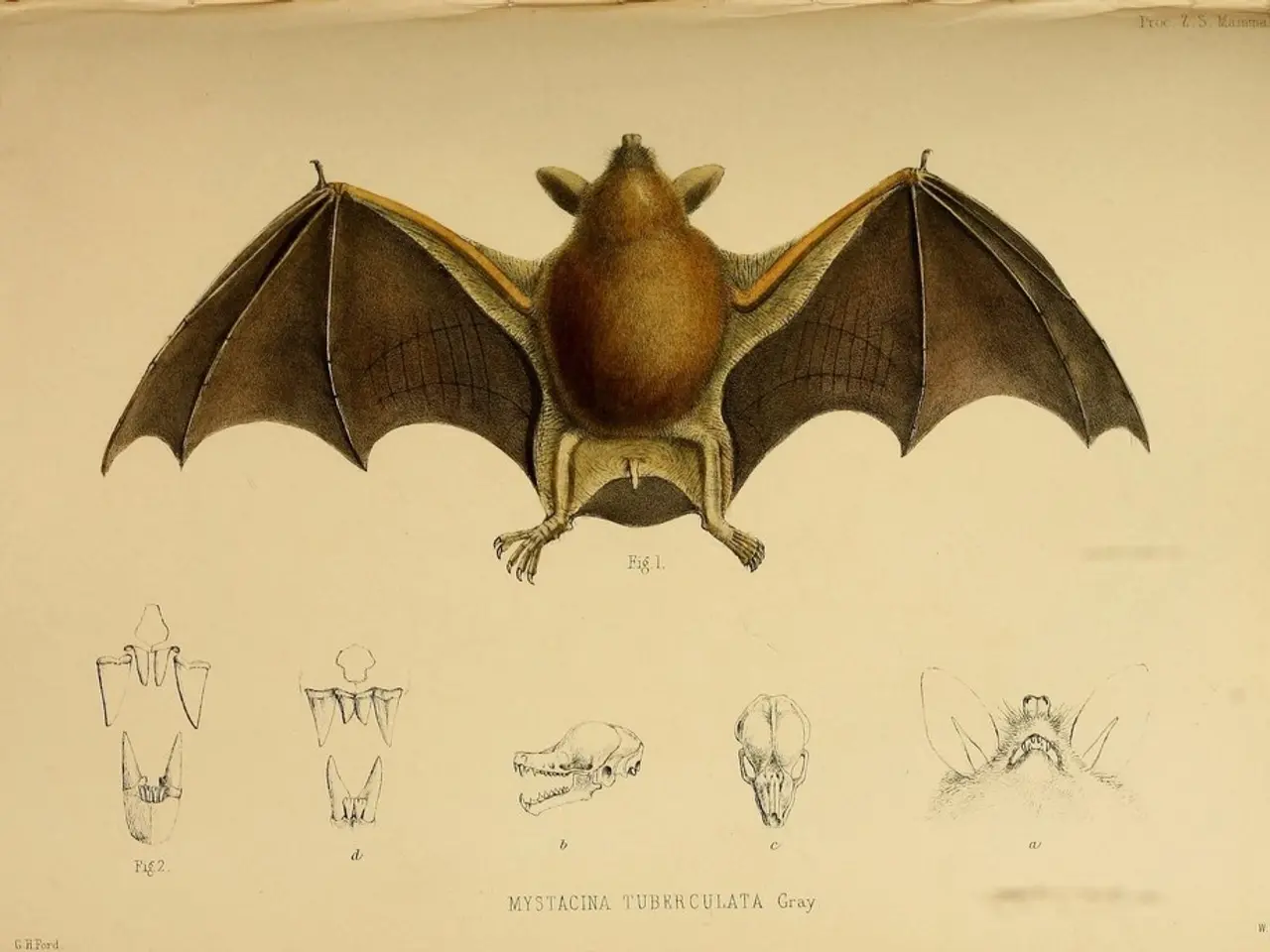Decline in footfall attributed to Tate's programming by critics, yet socioeconomic factors and Brexit are also cited as contributing factors
The iconic Tate Modern, London's famed modern and contemporary art museum, has seen a significant drop in visitor numbers, with a 25% decrease compared to pre-pandemic levels in 2024. This decline, according to reports from The Art Newspaper, is a topic of discussion among critics.
The decline in international visitors, particularly among the 16-24 age group from Europe, is primarily attributed to external socioeconomic factors such as Brexit and the COVID-19 pandemic. These events have led to a significant drop in young EU visitors—from 609,000 in 2019-20 to 357,000 in 2023-24—contributing to an overall 25% decline in Tate Modern visitor numbers.
Domestically, the Tate Modern is back to 95% of its pre-Covid visitor level, but international visitors remain around 61%. This disparity highlights the particular impact on foreign footfall, with the EU visitor drop to the UK overall being about 10% compared with 2019, suggesting Tate's decline is part of a wider trend affecting cross-border tourism post-Brexit.
Some critics and internal discussions within the Tate point to the museum’s programming as a possible contributor to the decline. There is a perception that recent curatorial choices, with a stronger focus on social justice and inequality themes, may have alienated or failed to attract casual or younger visitors, potentially making the museum feel less appealing or monotonous to these demographics.
It's worth noting that the Tate Modern remains the world's most visited modern and contemporary art museum. However, in 2021, the Centre Pompidou in Paris and MoMA overtook the Tate Modern in terms of visitor numbers. Tate St Ives saw an almost 40% drop in attendance in 2024, while Tate Liverpool is currently closed until 2027.
The Louvre, Vatican Museums, the British Museum, and MoMA are ahead of the Tate Modern in terms of visitor numbers. Despite this, the Tate Modern accounts for around three-quarters of the group's total annual visitors. The museum reported a budget deficit six months ago, with some critics blaming its financial woes on its programming and curatorial strategies.
Recent efforts such as extending weekend opening hours until 9 pm have been introduced but are too new to have significantly affected the trend. As the Tate Modern navigates these challenges, it continues to be a beacon of artistic innovation and a vital part of London's cultural landscape.
[1] The Art Newspaper [2] The Guardian [4] The Telegraph [5] BBC News
- The recent decline in visitor numbers at the Tate Modern, London's famed modern and contemporary art museum, is a matter of discussion among critics, as reported by The Art Newspaper.
- External socioeconomic factors such as Brexit and the COVID-19 pandemic are primarily responsible for the drop in young EU visitors to the Tate Modern, contributing to an overall 25% decrease.
- Some critics and internal discussions within the Tate suggest that the museum’s programming, with a stronger focus on social justice and inequality themes, may have alienated or failed to attract casual or younger visitors.
- Despite being the world's most visited modern and contemporary art museum, the Tate Modern experienced a 40% drop in attendance at Tate St Ives in 2024, while Tate Liverpool is currently closed until 2027.
- The Tate Modern's financial woes, as evidenced by a budget deficit six months ago, have been attributed by some critics to its programming and curatorial strategies, despite recent efforts such as extended weekend opening hours to attract more visitors.




